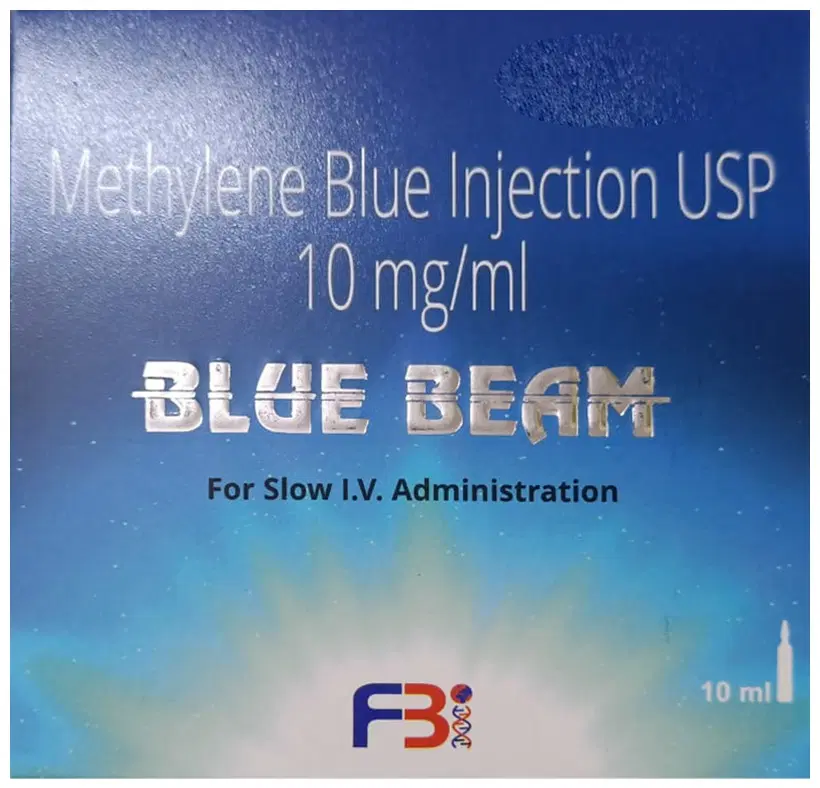Methylene Blue
Methylene Blue is a versatile medical substance used in various therapeutic applications. It is a water-soluble dye with a chemical structure that allows it to absorb light in the blue region of the spectrum. This property makes it particularly useful in diagnostic procedures, such as visualizing blood vessels during surgery or detecting certain types of bacteria.
In addition to its diagnostic uses, Methylene Blue has been employed as a medication for various conditions. It is commonly used to treat methemoglobinemia, a rare blood disorder where the oxygen-carrying protein in red blood cells becomes oxidized, impairing the ability of blood to transport oxygen. Methylene Blue can help restore the normal function of hemoglobin, thus improving oxygen delivery to tissues.
Another application of Methylene Blue is in the treatment of certain types of cyanide poisoning. The substance can bind to cyanide ions, forming a stable compound that is excreted from the body, thereby reducing the toxic effects of cyanide.
Furthermore, Methylene Blue has been used in the treatment of specific neurological disorders, such as episodic ataxia type 2, a rare genetic condition that causes loss of muscle coordination. In this context, the substance is thought to stabilize ion channels in nerve cells, thereby improving neuronal function.
Methylene Blue should only be administered under the supervision of a healthcare professional, as it can have potential side effects, such as nausea, vomiting, and skin discoloration. Patient safety and proper dosing are paramount when using this medication.

Showing all 4 results
Showing all 4 results


